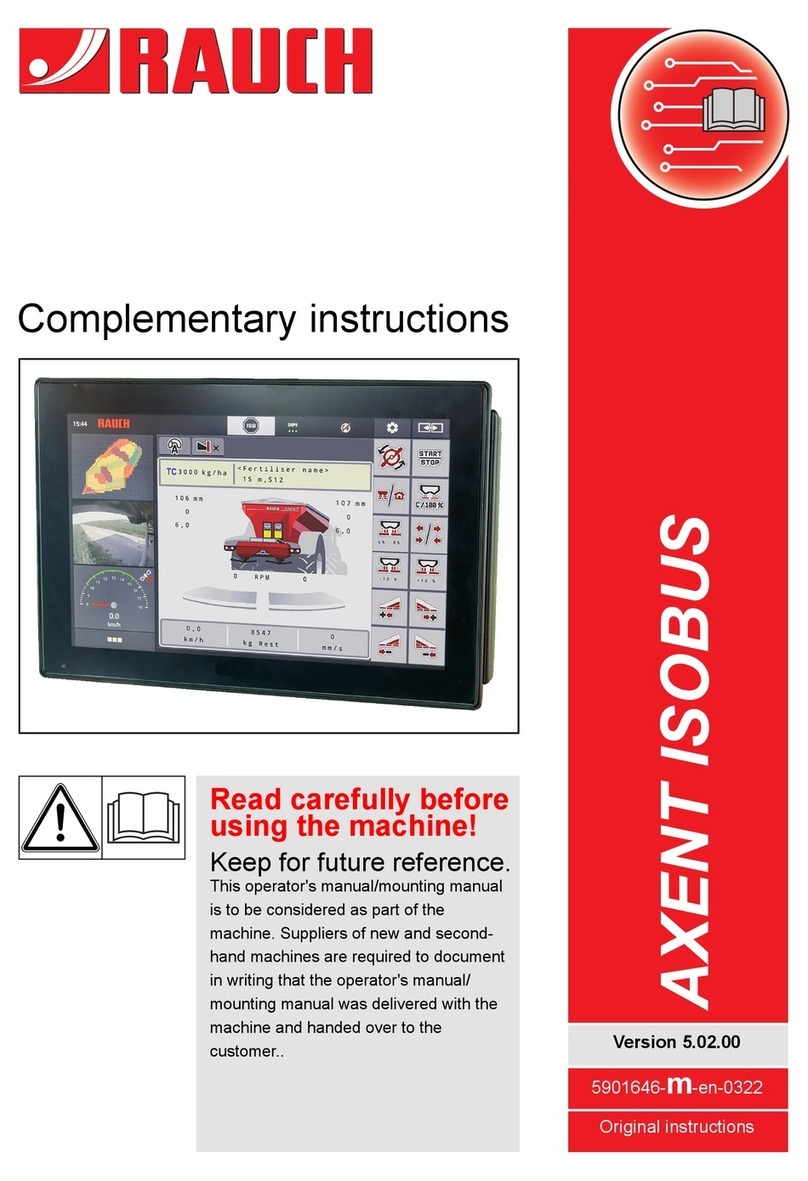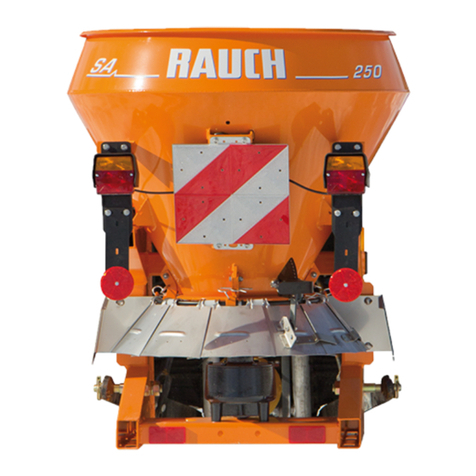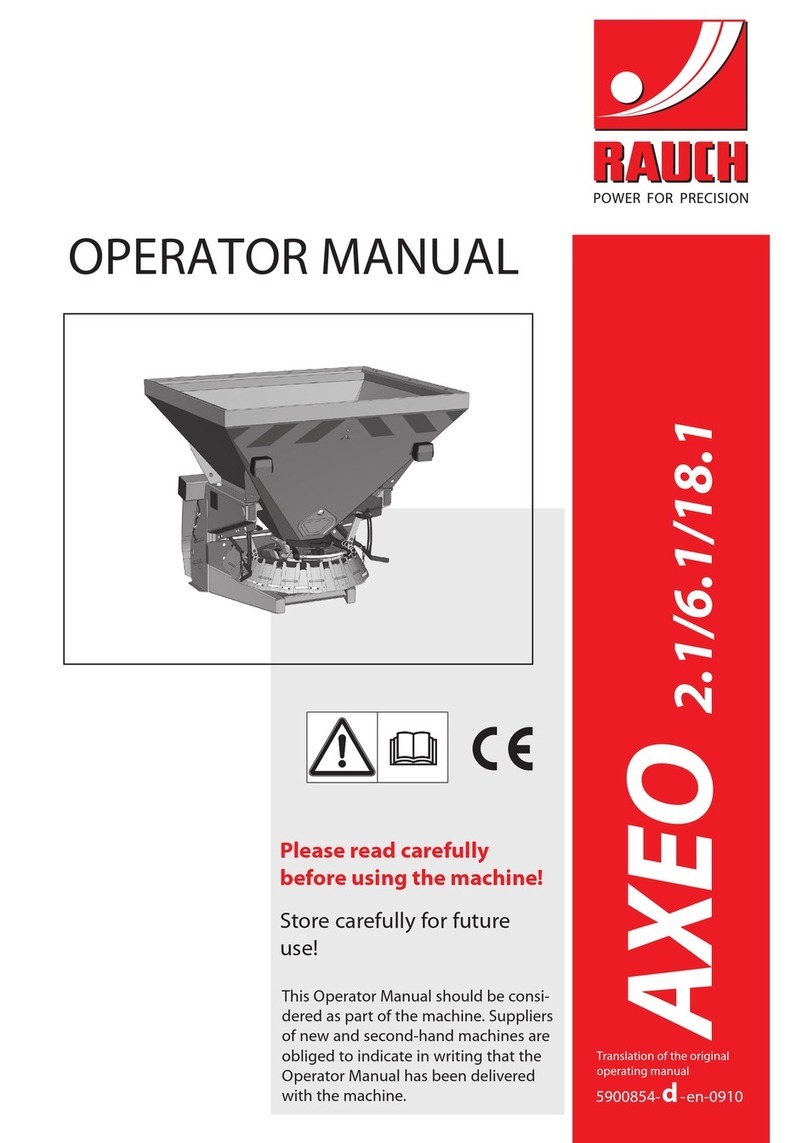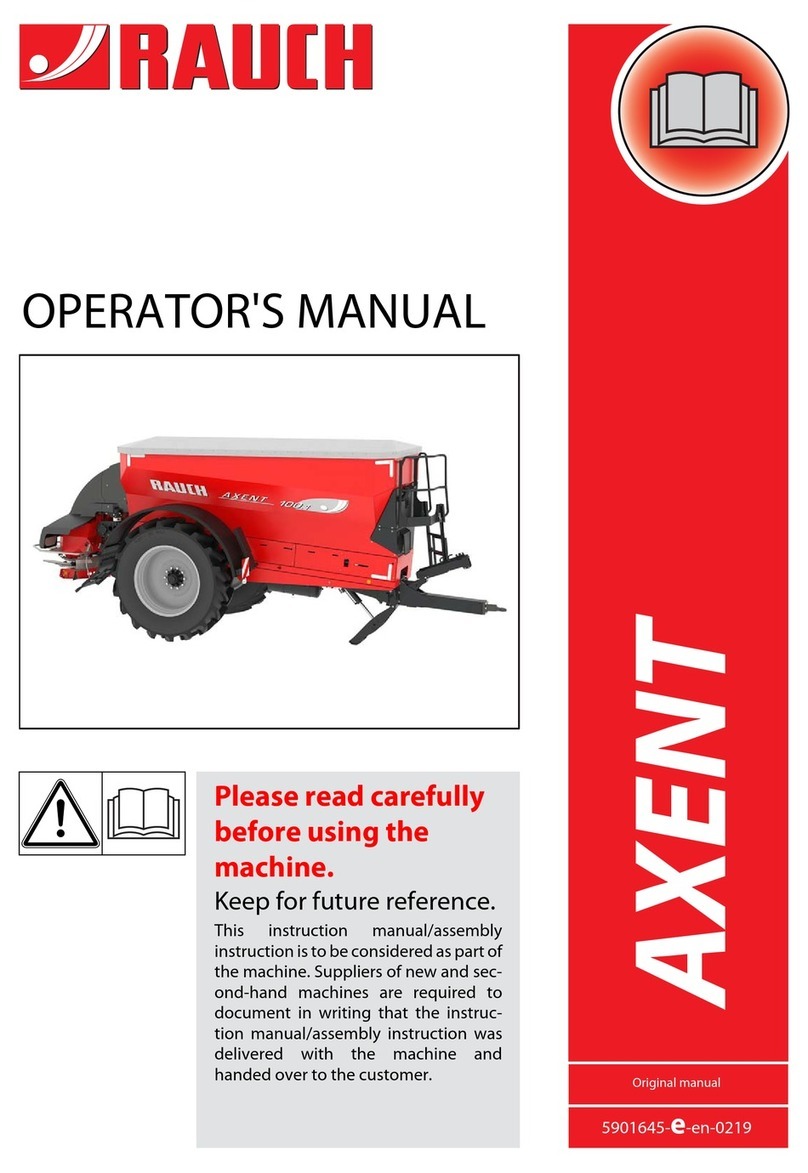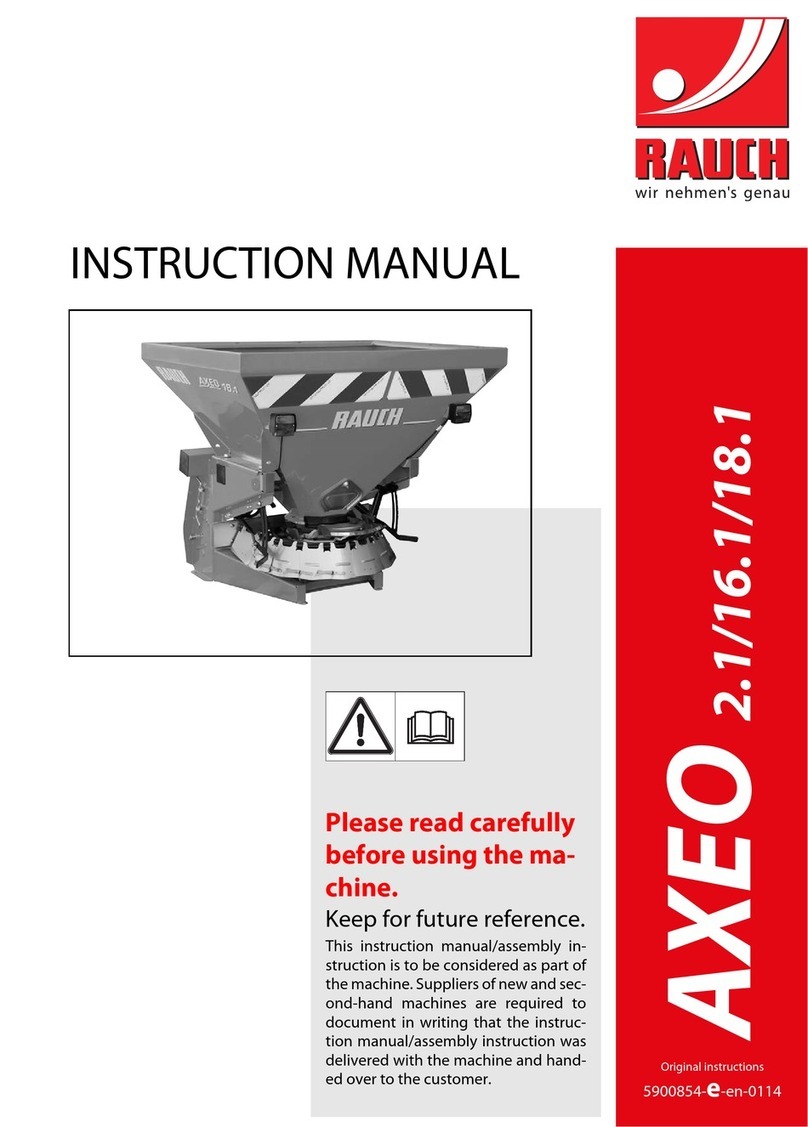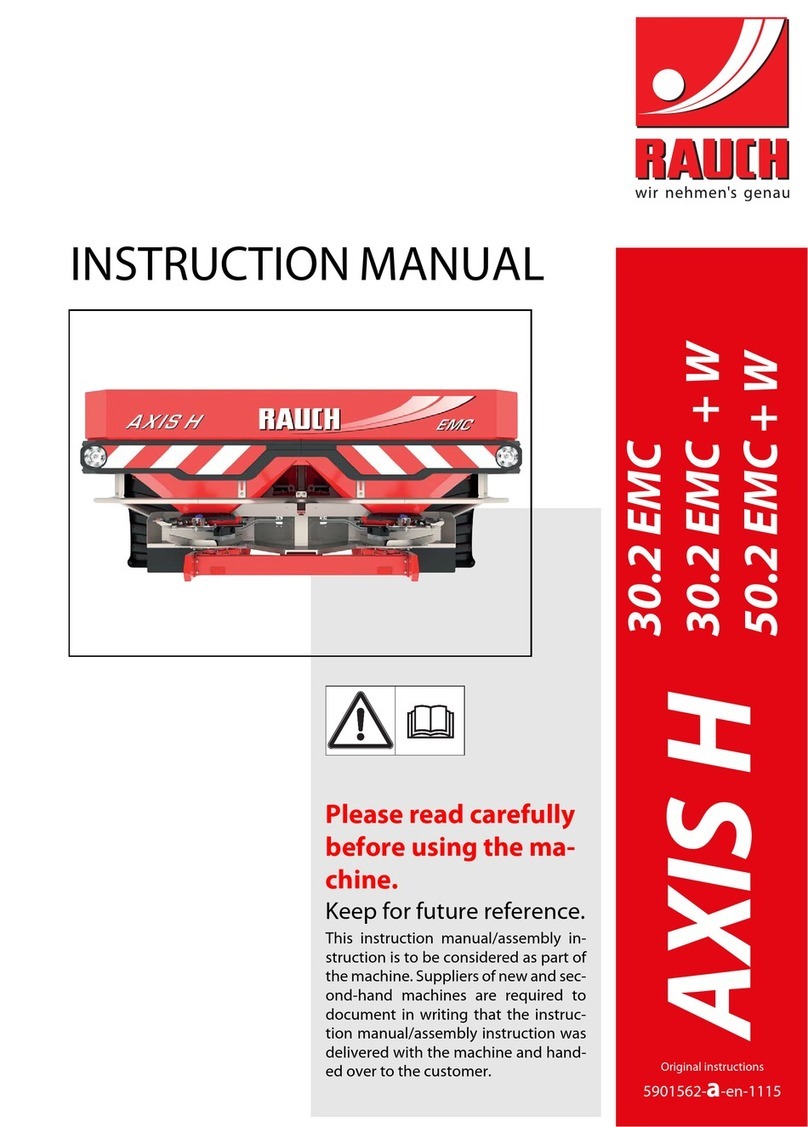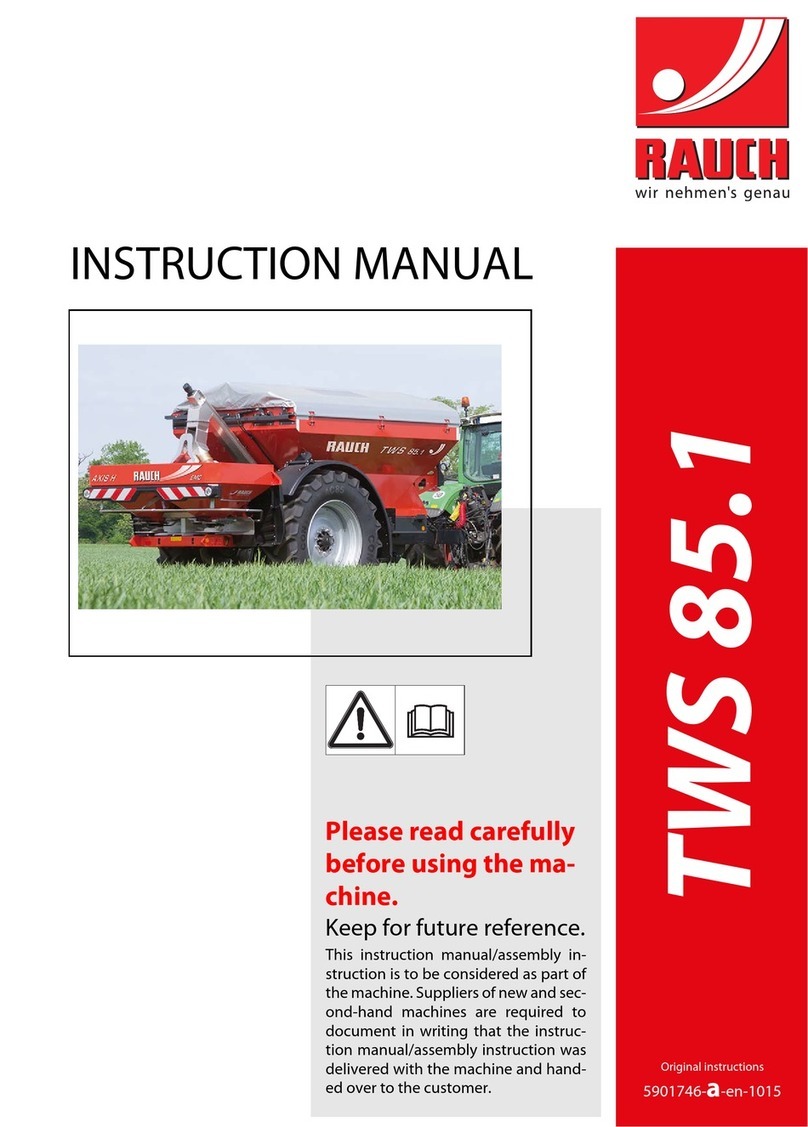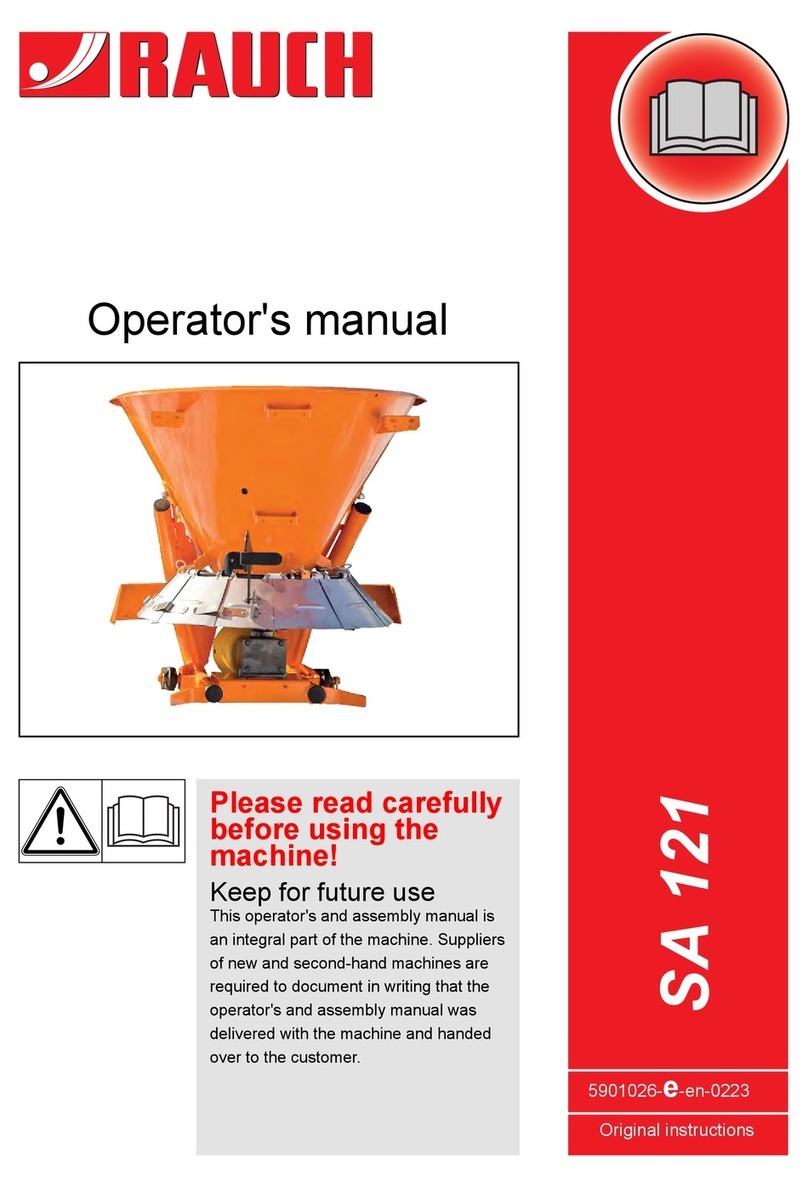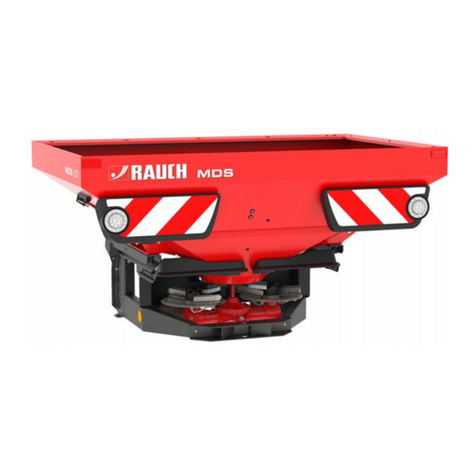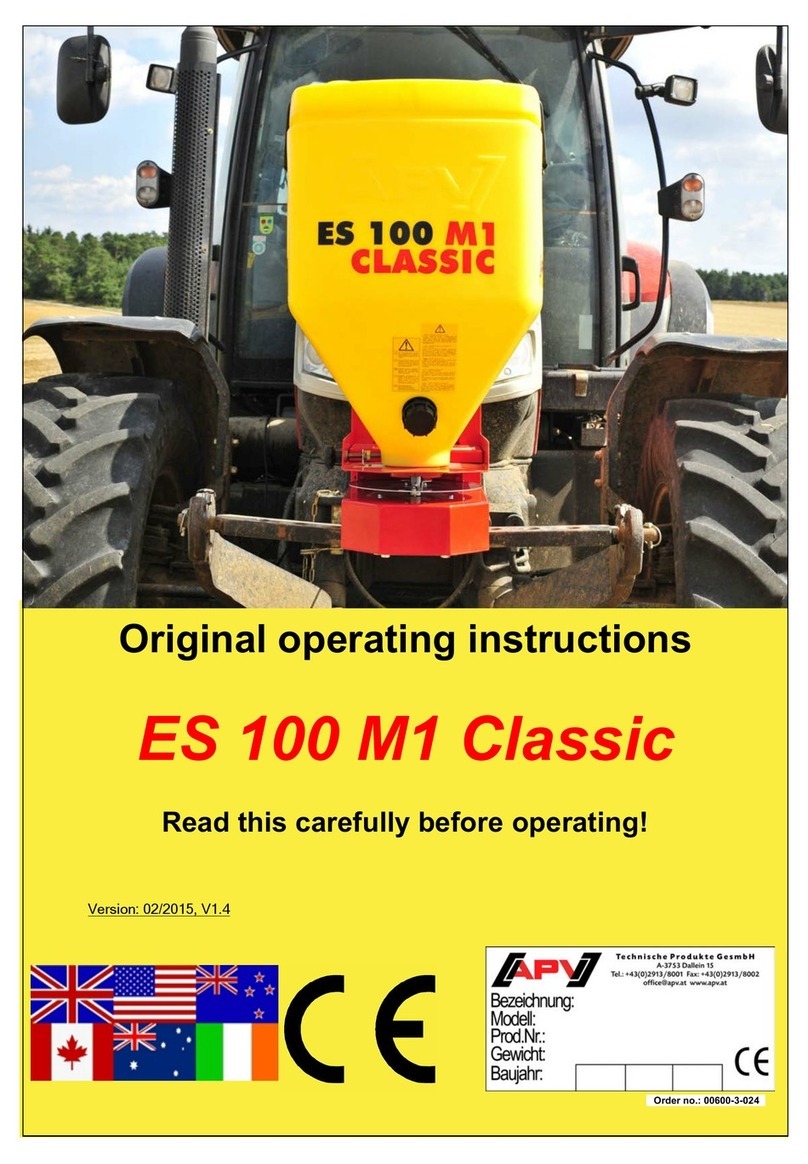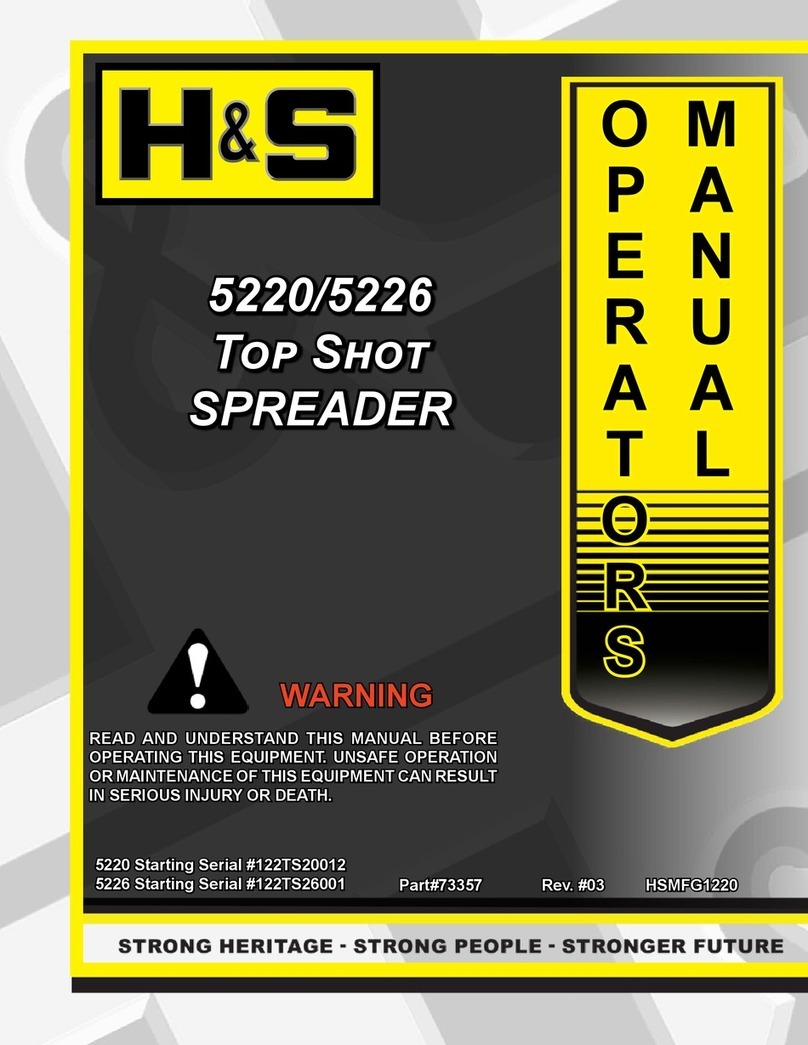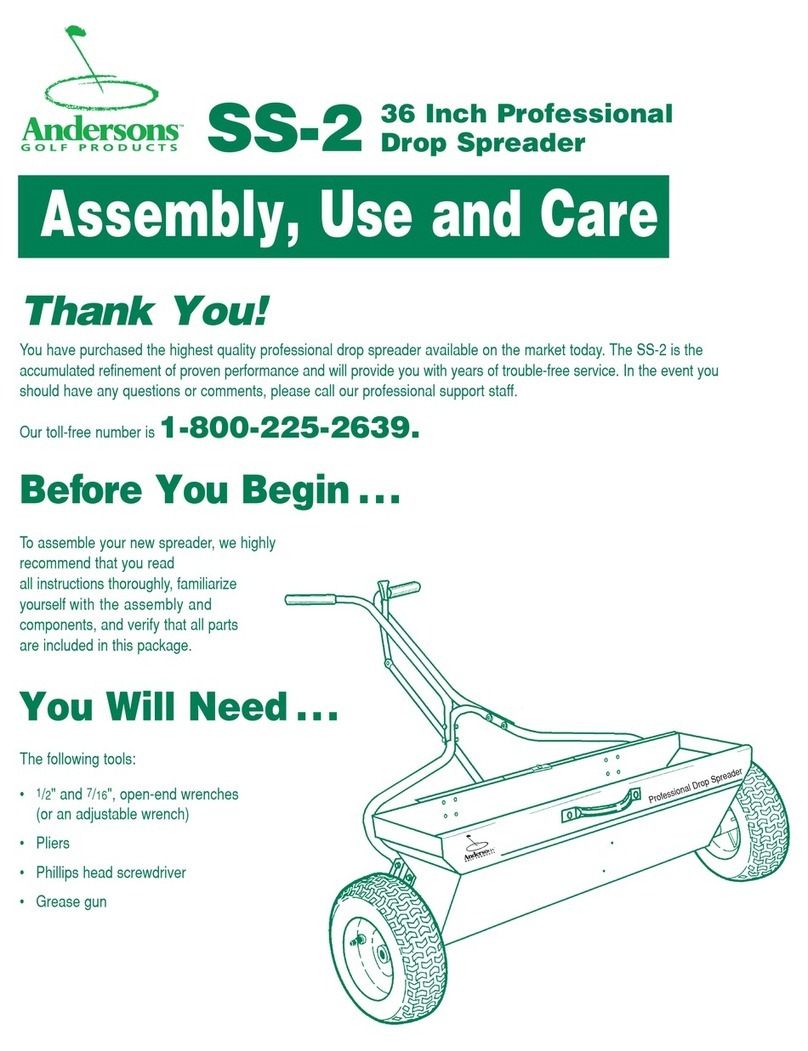
Table of Contents
II
4 Technical data 21
4.1 Manufacturer . . . . . . . . . . . . . . . . . . . . . . . . . . . . . . . . . . . . . . . . . . . . . . . . . . . . . . 21
4.2 Description of the machine. . . . . . . . . . . . . . . . . . . . . . . . . . . . . . . . . . . . . . . . . . . . 21
4.2.1 Assembly overview, rear (transmission) . . . . . . . . . . . . . . . . . . . . . . . . . . . 22
4.2.2 Assembly overview, front, PTO drive . . . . . . . . . . . . . . . . . . . . . . . . . . . . . . 23
4.2.3 Assembly overview - front, hydraulic drive . . . . . . . . . . . . . . . . . . . . . . . . . . 23
4.3 Technical data of basic equipment. . . . . . . . . . . . . . . . . . . . . . . . . . . . . . . . . . . . . . 24
4.4 Technical data of extensions and extension combinations . . . . . . . . . . . . . . . . . . . 24
5 Transportation without tractor 25
5.1 General safety instructions. . . . . . . . . . . . . . . . . . . . . . . . . . . . . . . . . . . . . . . . . . . . 25
5.2 Loading and unloading, parking . . . . . . . . . . . . . . . . . . . . . . . . . . . . . . . . . . . . . . . . 25
6 Commissioning 27
6.1 Accepting the machine . . . . . . . . . . . . . . . . . . . . . . . . . . . . . . . . . . . . . . . . . . . . . . . 27
6.2 Requirements for the tractor. . . . . . . . . . . . . . . . . . . . . . . . . . . . . . . . . . . . . . . . . . . 27
6.3 Mounting the universal drive shaft . . . . . . . . . . . . . . . . . . . . . . . . . . . . . . . . . . . . . . 28
6.3.1 Checking the length of the universal drive shaft. . . . . . . . . . . . . . . . . . . . . . 28
6.3.2 Fitting / removing the universal drive shaft . . . . . . . . . . . . . . . . . . . . . . . . . . 29
6.4 Mounting the agitator . . . . . . . . . . . . . . . . . . . . . . . . . . . . . . . . . . . . . . . . . . . . . . . . 31
6.5 Installing the machine on the tractor . . . . . . . . . . . . . . . . . . . . . . . . . . . . . . . . . . . . 32
6.5.1 Requirements . . . . . . . . . . . . . . . . . . . . . . . . . . . . . . . . . . . . . . . . . . . . . . . . 32
6.5.2 Attaching the machine . . . . . . . . . . . . . . . . . . . . . . . . . . . . . . . . . . . . . . . . . 32
6.6 Connecting the hydraulic drive (special equipment). . . . . . . . . . . . . . . . . . . . . . . . . 35
6.7 Filling the machine . . . . . . . . . . . . . . . . . . . . . . . . . . . . . . . . . . . . . . . . . . . . . . . . . . 36
6.8 Parking and decoupling the machine . . . . . . . . . . . . . . . . . . . . . . . . . . . . . . . . . . . . 37
7 Machine settings 39
7.1 Adjusting the application rate . . . . . . . . . . . . . . . . . . . . . . . . . . . . . . . . . . . . . . . . . . 39
7.1.1 Actuating the slides together . . . . . . . . . . . . . . . . . . . . . . . . . . . . . . . . . . . . 40
7.1.2 Actuating the slides separately. . . . . . . . . . . . . . . . . . . . . . . . . . . . . . . . . . . 41
7.2 Adjusting the spreading width limiter . . . . . . . . . . . . . . . . . . . . . . . . . . . . . . . . . . . . 42
7.3 Setting the spreading vanes. . . . . . . . . . . . . . . . . . . . . . . . . . . . . . . . . . . . . . . . . . . 43
7.3.1 Increase the spreading density on the right-hand side in the direction
of travel . . . . . . . . . . . . . . . . . . . . . . . . . . . . . . . . . . . . . . . . . . . . . . . . . . . . . 43
7.3.2 Increasing the spreading density on the left-hand side in the direction of
travel . . . . . . . . . . . . . . . . . . . . . . . . . . . . . . . . . . . . . . . . . . . . . . . . . . . . . . . 44
7.4 Use the fertiliser chart . . . . . . . . . . . . . . . . . . . . . . . . . . . . . . . . . . . . . . . . . . . . . . . 45
7.4.1 Information on the fertiliser chart . . . . . . . . . . . . . . . . . . . . . . . . . . . . . . . . . 45
7.4.2 List of fertiliser charts . . . . . . . . . . . . . . . . . . . . . . . . . . . . . . . . . . . . . . . . . . 46
7.5 Calibration . . . . . . . . . . . . . . . . . . . . . . . . . . . . . . . . . . . . . . . . . . . . . . . . . . . . . . . . 53
7.5.1 Determining the nominal output rate. . . . . . . . . . . . . . . . . . . . . . . . . . . . . . . 53
7.5.2 Implementing the calibration test . . . . . . . . . . . . . . . . . . . . . . . . . . . . . . . . . 54
